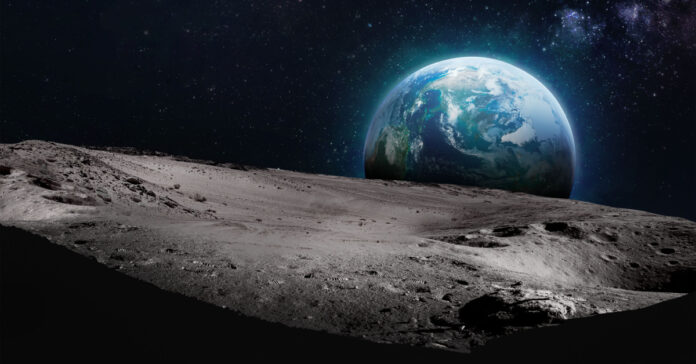
As a result of a joint effort between Intuitive Machines, NASA, and SpaceX, the US returned to the moon for the first time in over 50 years on the evening of February 22nd. As first reported by the New York Times, the lunar vehicle was dubbed the “Odysseus” and was launched into orbit on February 15th via SpaceX Rocket 9. Put on “a trajectory towards the moon,” immediately from the launch into orbit.
Slightly bigger than a telephone booth, the lunar vehicle arrived at the southern pole of the moon around 6:32 pm Eastern. When the radio silence occurred during landing, many expected it, but not for the minutes it took. Tim Crain, the chief technology officer of Intuitive Machines, the Houston-based company that built Odysseus announced a faint signal had been found. “It’s faint, but it’s there. So, stand by, folks. We’ll see what’s happening here.” He later confirmed it had made a successful landing and was communicating.
The verdict is still out about how functional the craft is. While it can communicate, there are still concerns about the maneuverability of the craft and its equipment. Experts with the three responsible agencies are hopeful it can still take and upload images of the moon’s surface, but the rough nature of landing on the moon is always full of questions.
Our last manned landing on the moon was during Apollo 17 in December 1972, and since then, America has funneled money into other efforts. Much like earlier experiments, Odysseus carried up a camera built by aeronautical students of the Embry-Riddle Aeronautical University in Daytona Beach, FL and a Jeff Koons art piece. Columbia Sportswear also made the reflective material that wrapped parts of the spacecraft.
In November 2024 NASA has plans to put the first human on the moon in 50 years as well. This trial run with Odysseus will serve to set the basis for experiments to be done on that mission.







